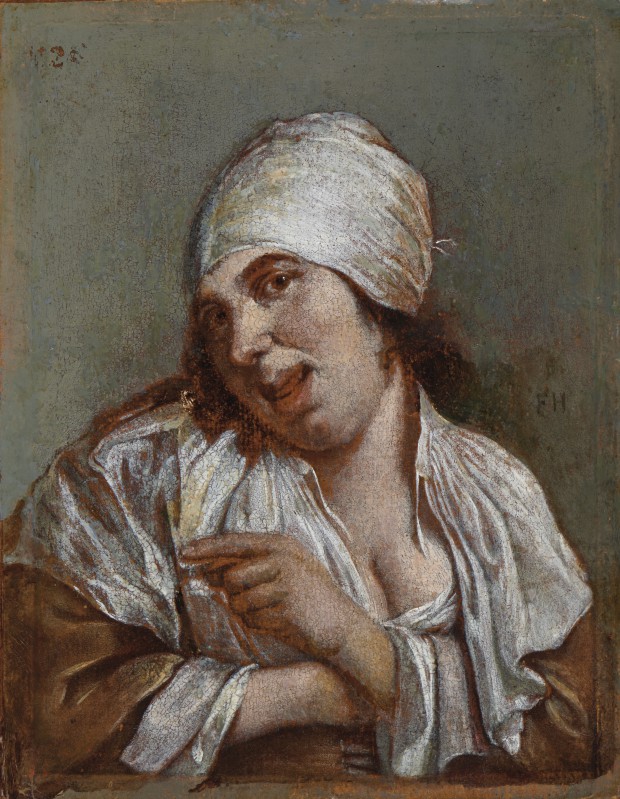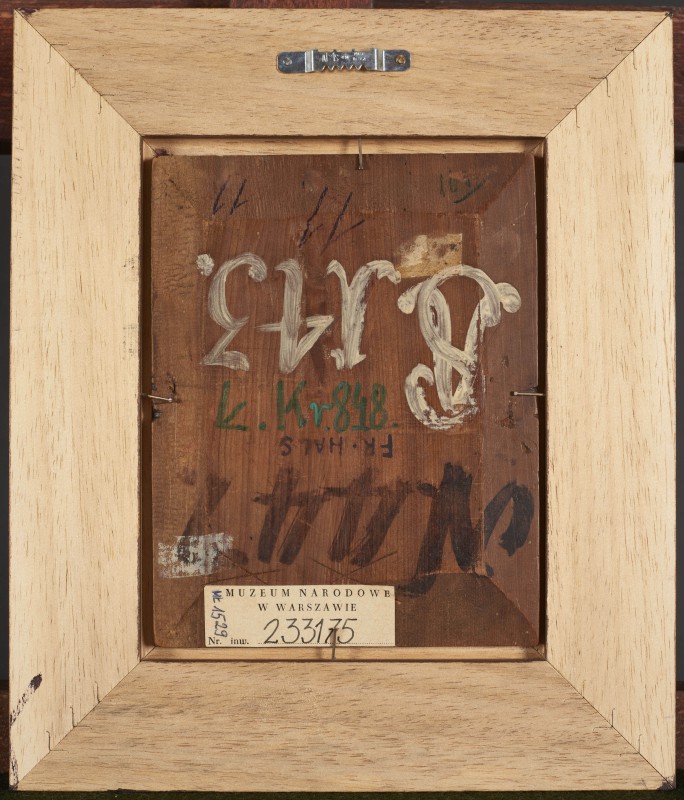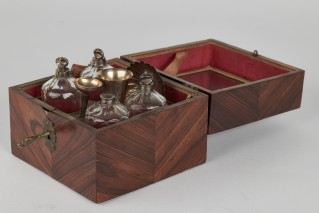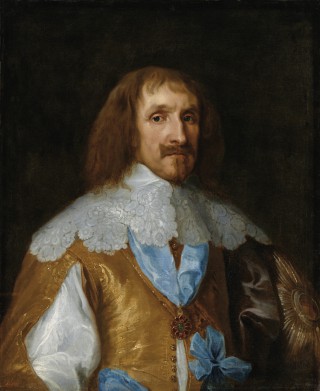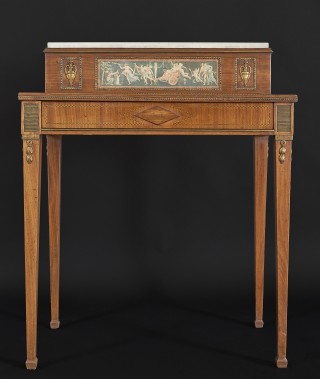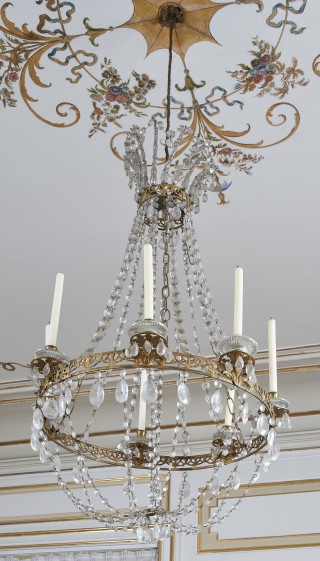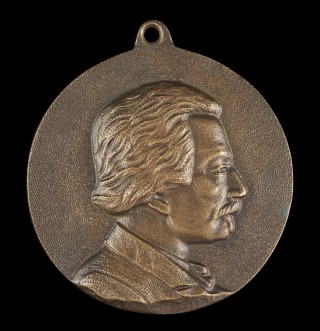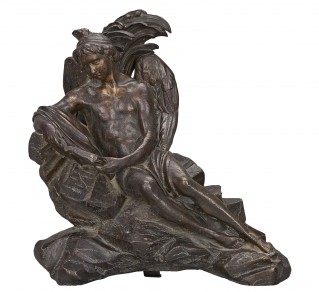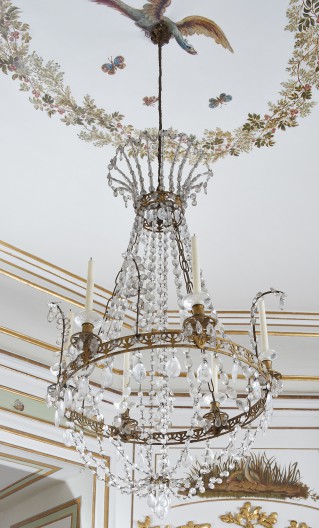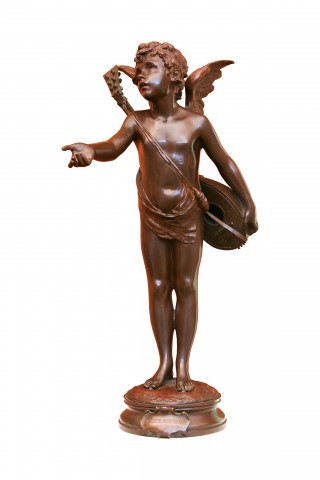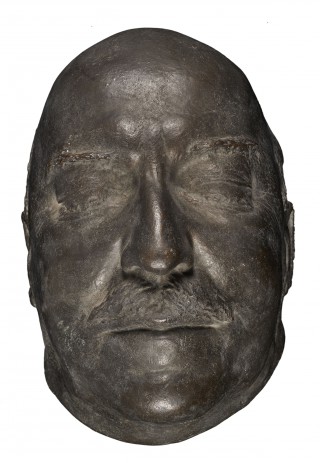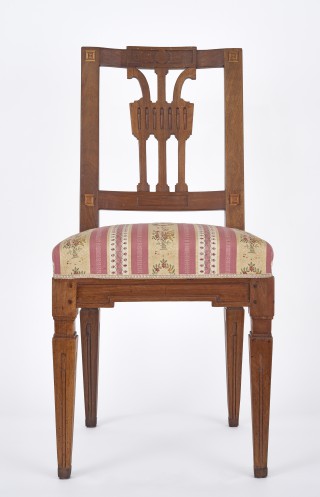A Laughing Woman (Allegory of Sight)
- Date
- 1st half of the 17th c.
- Object type
- painting
- Technique
- mezzotint, oil
- Material
- wood
- Dimensions
- 17,3 x 13,4 cm
- Location
- Not on display
- Marks and inscriptions
- the monogram FH, on right, above the woman’s shoulder traces of the red number 1126 of the Stanisław August collection, top left (mistakenly instead of the correct no. 1125), repeated on bottom left (partially damaged)
- Place of Origin
- Netherlands (Europe)
- Owner
- The Royal Łazienki
- Museum number
- ŁKr 848
The picture was acquired for Stanisław August from the August Sułkowski collection in Rydzyna, probably before 1776 (see cat. no. 124) . …
It is an engraving, painted over with oils; the paper support has been glued on a panel. The prototype of this composition was a painting by Petrus Staverenus from a series depicting the five senses, personified in the characters of peasants … .
The direction in which the figure of the Łazienki Laughing Woman is facing and the size of the plate (c. 16 x 12 cm) on which it has been painted indicate that it is an overpainted mezzotint by Jan Verkolje. Laughing Woman was conceived as a personification of sight (the gesture of the pointing finger). Hearing was personified by a man counting out tinkling coins, touch, by a man being deloused by his companion, the sense of smell, by a pipe smoker, and taste, by a wine drinker.
The series depicting the five senses were popular in Netherlandish art from the 16th century. Originally engravings, after 1600 they were also painted, and gradually the tradition of personifying senses as idealized figures of women, with the appropriate attributes, was phased out and they were represented using genre scenes often portraying the lower classes (see S. Slive, Frans Hals, National Gallery of Art, Kress Foundation Studies in the History of Art, London 1970, vol. 1, p. 79), as in Staverenus. …
Staverenus’ series also contains a comedic element—by the very fact that all the characters are laughing, and their faces are characterized by an ‘exaggerated’ realism … , which in effect renders them somewhat grotesque.
Staverenus’ series shows an interest in physiognomics and the portrayal of various facial expressions—which was common in the 17th century, together with a penchant for exaggeration and caricature prevalent among art lovers in the Netherlands. It also includes a popular pictorial type, a tronie—the depiction of a character, bust-length or waist-length, dressed in a fanciful costume or expressing exaggerated emotion. … [D. Juszczak, H. Małachowicz, The Stanisław August Collection of Paintings at the Royal Łazienki. Catalogue, Royal Łazienki Museum, Warsaw 2016, no. 109, pp. 398–401.]
